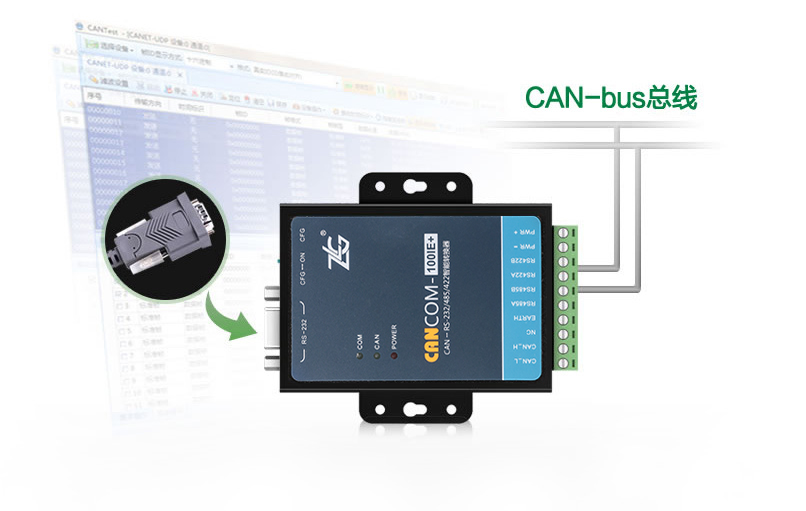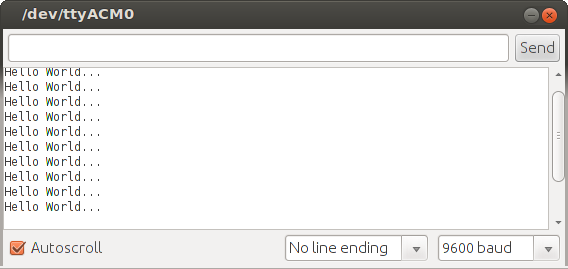

- #Serial terminal program that can do synchronous serial serial#
- #Serial terminal program that can do synchronous serial full#
Start-stop synchronous communication can be implemented as either full duplex or half duplex. Similarly, if using odd parity, the parity bit is set so that the number of 1s will always be odd.įigure 2: Start-stop synchronous communication The receiving side will therefore know an error has occurred if it receives a data set with an odd number of 1s. If using even parity, the parity bit is set so that the total number of 1s (in most implementations) is even: if the data value has an odd number of 1s, the parity bit is set to 1 if the data value has an even number of 1s, the parity bit is set to 0. A bit appended to each (7- or 8-bit) data set. In start-stop synchronous communication, usually data is sent from the Least Significant Bit (LSB) (= smallest binary bit value)Ģ. The RX63N's built-in SCI includes a UART for this purpose.ġ. Start-stop synchronous communication is handled by a component called a "UART" (universal asynchronous receiver/transmitter). To help ensure transfer accuracy, start/stop data sets can also include a parity bit 2.
#Serial terminal program that can do synchronous serial serial#
(See Figure 2) This eliminates the need to control transfer timing through use of a separate clock signal line-as required in other common serial modes, such as I 2C ("I squared C") and SPI (serial parallel interface). For control purposes, a start bit is placed at the beginning of each set, and a stop bit is placed at the end. In start-stop synchronous communication, data is sent in character units 1. The simplest implementation-requiring only a single wire-is referred to as "start-stop synchronous communication." This mode is often used when communicating with wireless LAN modules and drive monitors. Serial communication can be implemented in numerous ways, in accordance with varying electrical characteristics and the requirements of differing protocols. Serial mode is used not just for communication with switches and from ON/OFF sensors, but also by the GPIO to output software-generated motor-drive signals, LED flashing signals, and more.īuilt-in UART Enables Easy Serial Communication In today's world, most MCU-to-peripheral connections are serial. With serial parallel, we send the eight data bits one after another, over the same single line.įigure 1: Parallel and Serial CommunicationĬlearly, serial communication requires fewer pins and wires.

If we use parallel transfer, we need one data line for each bit. To sum up: assume that we wish to send a single text character, which requires that we send an eight- bit char-type value. On the RX63N, these conversions are handled by the SCI (serial communications interface). This means that the MCU must also handle the necessary conversions: "serial-to-parallel" conversion of data received from the sensor, and "parallel-to-serial" conversion of data being sent out to the sensor. (See Figure 1, right) Note, however, that the MCU uses parallel communication for its internal processing and communication. Because the bits are now sent in series, we call this serial communication. We can send the bits one at a time over a single data line. Is there a way to accomplish the same thing using fewer lines? (See Figure 1, left) But using eight lines to connect to a single sensor is usually a waste of resources. This type of transfer is referred to as parallel, as one full byte of data is transferred at a single time along parallel lines. The MCU's built-in GPIO (general-purpose input/output) port, explained in the first session of this series, could be used to connect eight signal lines with the sensor, enabling the sensor to send eight bits of data at a time-using up eight GPIO data pins. Consider, for example, how we might connect up a sensor. This means that the MCU must communicate with each of these units. Serial ConnectionĪs we've discussed before, the MCU functions as the "brain" of the embedded device, whereas external peripherals units as the "hands and feet".



 0 kommentar(er)
0 kommentar(er)
